Services
Dr. Barun Kumar Has
Excellence In These Services
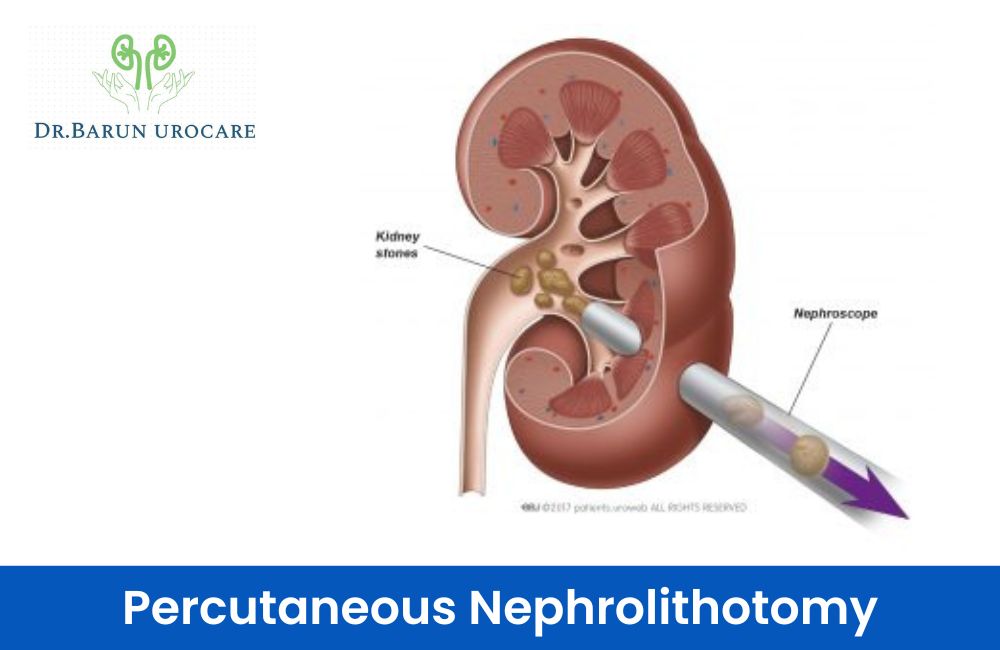
PCNL
PCNL or Percutaneous Nephrolithotomy is a minimally-invasive procedure to remove stones from the kidney by a small puncture wound through the skin. It is most suitable to remove stones of more than 2 cm in size.
URSL
Ureterolithotripsy is an endoscopic procedure to fragment and remove ureteral stones with the use of a telescopic camera (ureteroscope). Ureterolithotripsy is performed to remove stones, smaller or larger than 5mm, that are located in the ureter, obstruct the kidney and cannot be eliminated on their own from the body (after some considerable time).


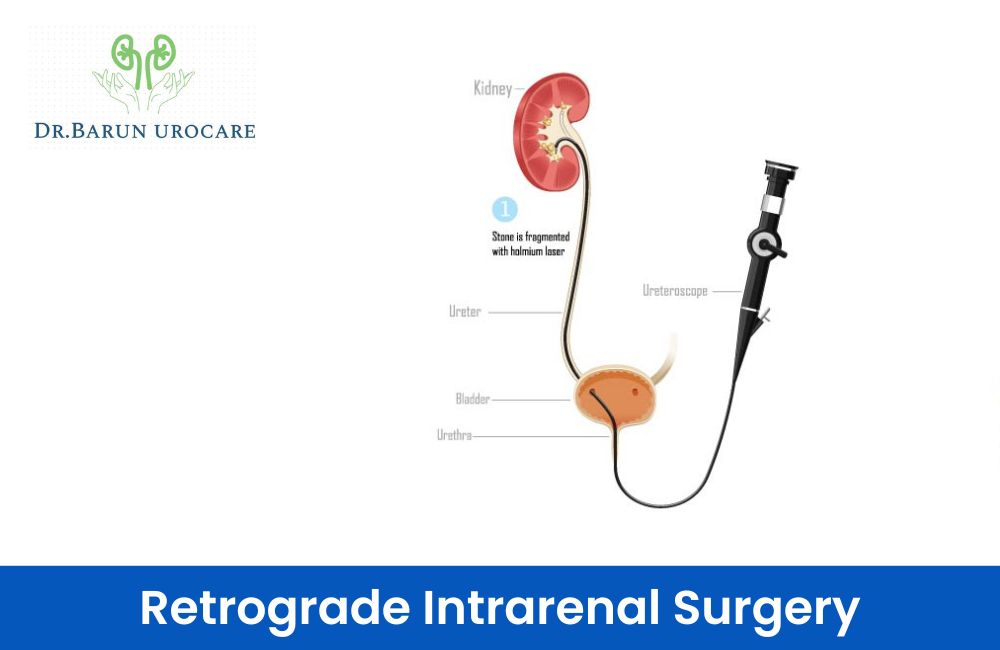

RIRS
Retrograde Intrarenal Surgery (RIRS) is a procedure for doing surgery within the kidney using a viewing tube called a fibrotic endoscope. In RIRS the scope is placed through the urethra (the urinary opening) into the bladder and then through the ureter into the urine-collecting part of the kidney.
TURP
(TURP) is a surgery used to treat urinary problems that are caused by an enlarged prostate. An instrument called a resectoscope is inserted through the tip of your penis and into the tube that carries urine from your bladder (urethra). The resectoscope helps your doctor see and trim away excess prostate tissue that’s blocking urine flow. TURP has been considered the most effective treatment for an enlarged prostate, a number of other, minimally invasive procedures are becoming more effective. These procedures generally cause fewer complications and have a quicker recovery period than TURP.
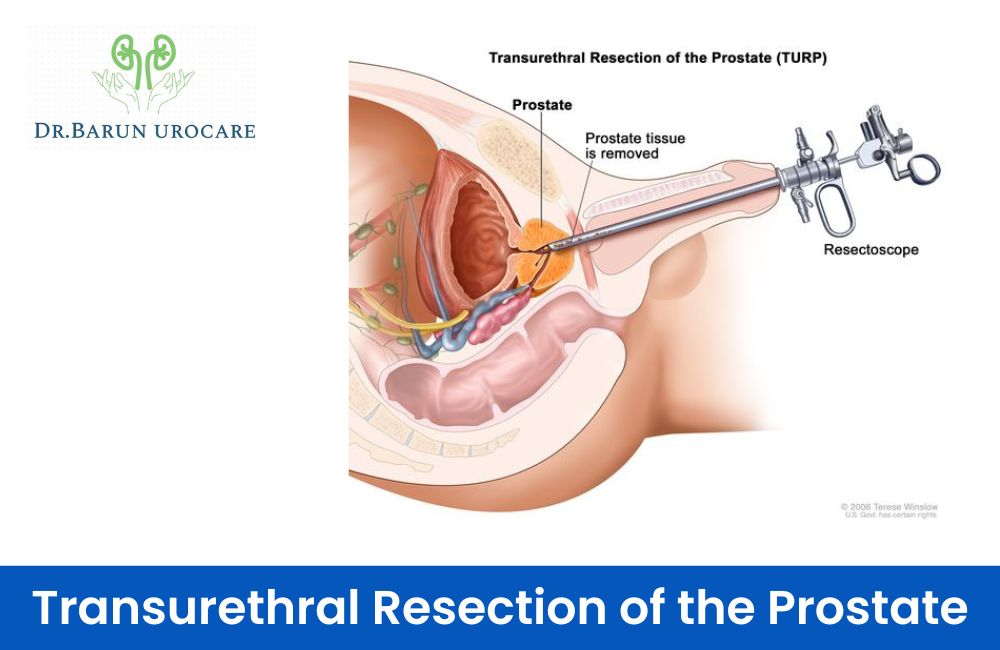



TURBT
TURBT the doctor may refer to this procedure as a TURBT (Transurethral Resection of a Bladder Tumor). The TURBT will allow the doctor to examine the bladder more completely under anesthesia (general or spinal). To see inside the bladder, they use a resectoscope. Like the cystoscope, the resectoscope, is introduced through the urethra into the bladder. Image of wire loop used to remove tumor in TURBT. This tool has a small electrified loop of wire at the end that can resect (remove) a tumor. The loop also cauterizes (seals off) the blood vessels to help stop any bleeding. This is sometimes called electrocauterization or fulguration. One of the advantages of this procedure is that it can be performed repeatedly with minimal risk to the patient and with excellent results.
Bladder Stone
Surgical options for patients with symptomatic bladder stones include open cystolithotomy, percutaneous cystolithotomy, or cystoscopic laser lithotripsy with stone extraction (cystolithalopaxy – meaning “a look into the bladder to crush a stone”). Your bladder/urethral anatomy, your bladder stone size, and body habitus all play major roles in determining outcomes and operative approach. Also, whether or not a prostate procedure is necessary at the time of stone removal is an important consideration for men with enlarged prostates and bladder stones.
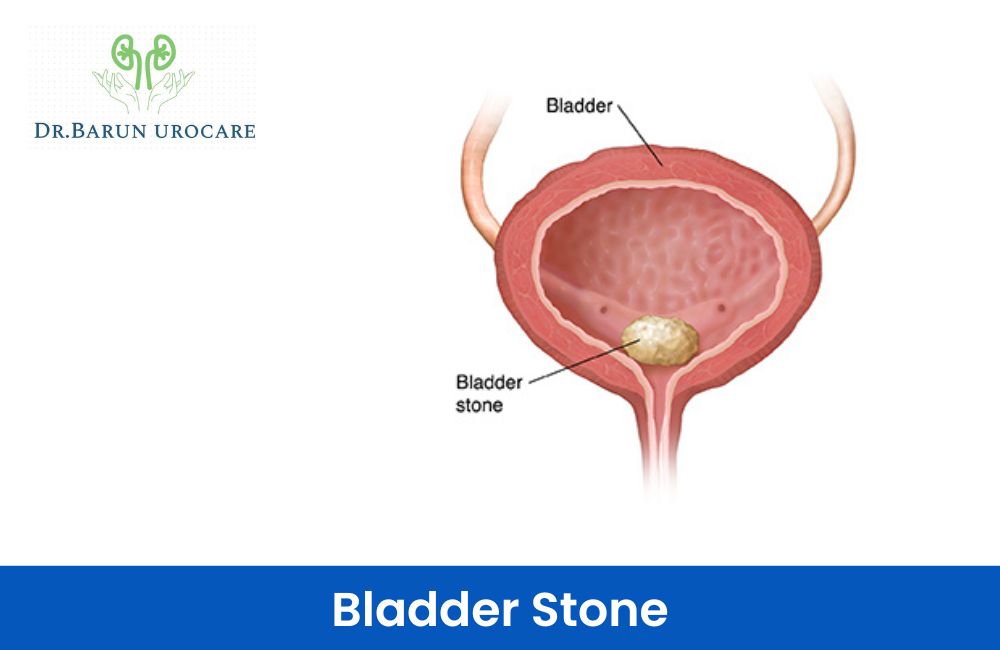

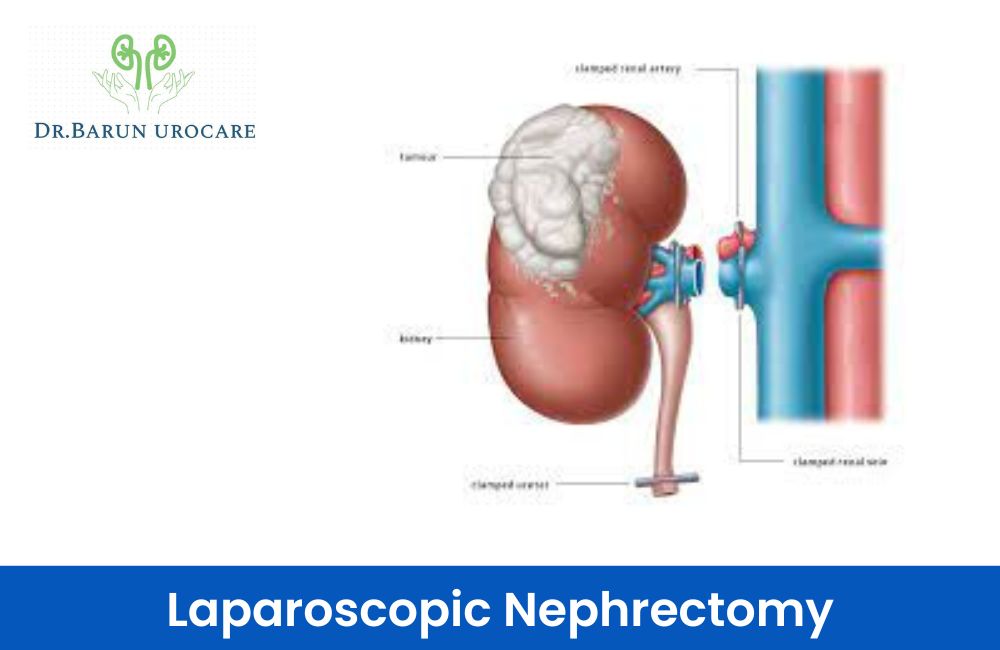

Laparoscopic Nephrectomy
A laparoscopic nephrectomy is an operation to remove one of the two kidneys that sit at the back of the abdominal cavity. The kidneys make urine by filtering waste products and excess fluid from the blood. Urine drains from the kidneys, through the ureters into the bladder where it is stored until the person is ready to go to the toilet. A laparoscopic nephrectomy involves removing an entire kidney through keyhole incisions in the flank, the side of the body between the ribs and the hip. A nephrectomy is usually done for one of two reasons, either for cancer of the kidney or because of a non-functioning kidney. In the case of kidney cancer a radical laparoscopic nephrectomy is done. This is done in an attempt to rid the body of cancer by removing the entire kidney and adrenal gland, with its surrounding fat and attached vessels. In more advanced cases it may be done to stop continued bleeding from the effected kidney. For non-functioning kidneys, which are either caused by large stones, a lack of blood supply or abnormal kidney structure, a simple laparoscopic nephrectomy is done. This is where only the kidney itself is taken and the adrenal gland and other structures are left behind. A simple nephrectomy is usually done to avoid recurrent infection and pain and the possibility of severe illness because of infection.
Urethral Stricture Reconstruction
Urethral stricture is a narrowing of the urethra. Your urethra is the tube that carries urine from the bladder through the penis and out the urethral meatus (the opening at the tip of the penis) during urination. Many men with a stricture will have increasing discomfort with urinating and the slowing of the urinating stream. This can develop gradually and lead to pushing or straining to get urine out. In others, the problem will show up suddenly and without prior difficulty, requiring immediate care. The treatment for urethral stricture will be decided by the findings on the imaging procedures. Treatment options include: Urethral Dilation, Internal Urethrotomy, Urethral Reconstruction. With a short stricture, urethral dilatation or internal urethrotomy may be tried first. Under general anesthesia, the urethra is widened using a series of gradually larger dilating instruments and a cystoscope. A urethrotomy is when the cystoscope is used with a special tool to cut the ring of scar tissue and open the area of blockage. After the procedure, a urethral catheter is usually left in the urethra for 3 to 5 days. The most common problem of dilation or urethrotomy is the return of the stricture, but in some cases this procedure may correct the issue. You can expect blood in the urine for a period of time after this or any procedure on the urinary tract. If dilation or urethrotomy fails and the stricture returns, urethral reconstruction may be needed to obtain a durable result in terms of opening the urethra. In some cases, the urethra is reconstructed by removing the scar tissue and then suturing the ends of the urethra back together, called an urethroplasty. When this is n0t possible, the urethra may be rebuilt using the lining of the inside of the cheek or skin flaps from the penis or scrotum. This procedure is called as buccal mucosal graft (BMG) urethroplasty. Using these methods, the urethra can be reconstructed in most cases with a good long-term success rates.


